This paper by Girish Sant and Shantanu Dixit was published in Economic and Political Weekly, December 21, 1996.The electricity tariff for irrigation pump-sets (IPS) is one of the most controversial issues in the Indian power sector, with annual subsidy of nearly US $ 3 billion / yr. It is believed that a poor agriculturist needs this subsidy and without the subsidy, the food prices will substantially increase. The paper analyses the distribution of IPS subsidy among different types of IPS users in Maharashtra as well as the likely impacts of consumption-based tariff and that of the tariff hike on these users and the food prices. The analysis shows that flat (HP-based) tariff results in the highly skewed subsidy distribution that is socially regressive in nature. It is argued that most farmers can pay tariff much higher than what is usually believed. With efficiency improvements, majority of IPS users can afford still higher tariff, substantially reducing the need for subsidy. It is suggested that metering IPS consumption is essential to improve the subsidy distribution. The opposition to the metered tariff by the energy-intensive IPS users needs to be seen as opposition to moving towards a more equitable distribution of the subsidy. Similarly, the opposition by SEBs needs to be seen as opposition to making SEBs accountable for the electricity losses and theft.
Beneficiaries of IPS Subsidy and Impact of Tariff Hike
Girish Sant | Shantanu Dixit
